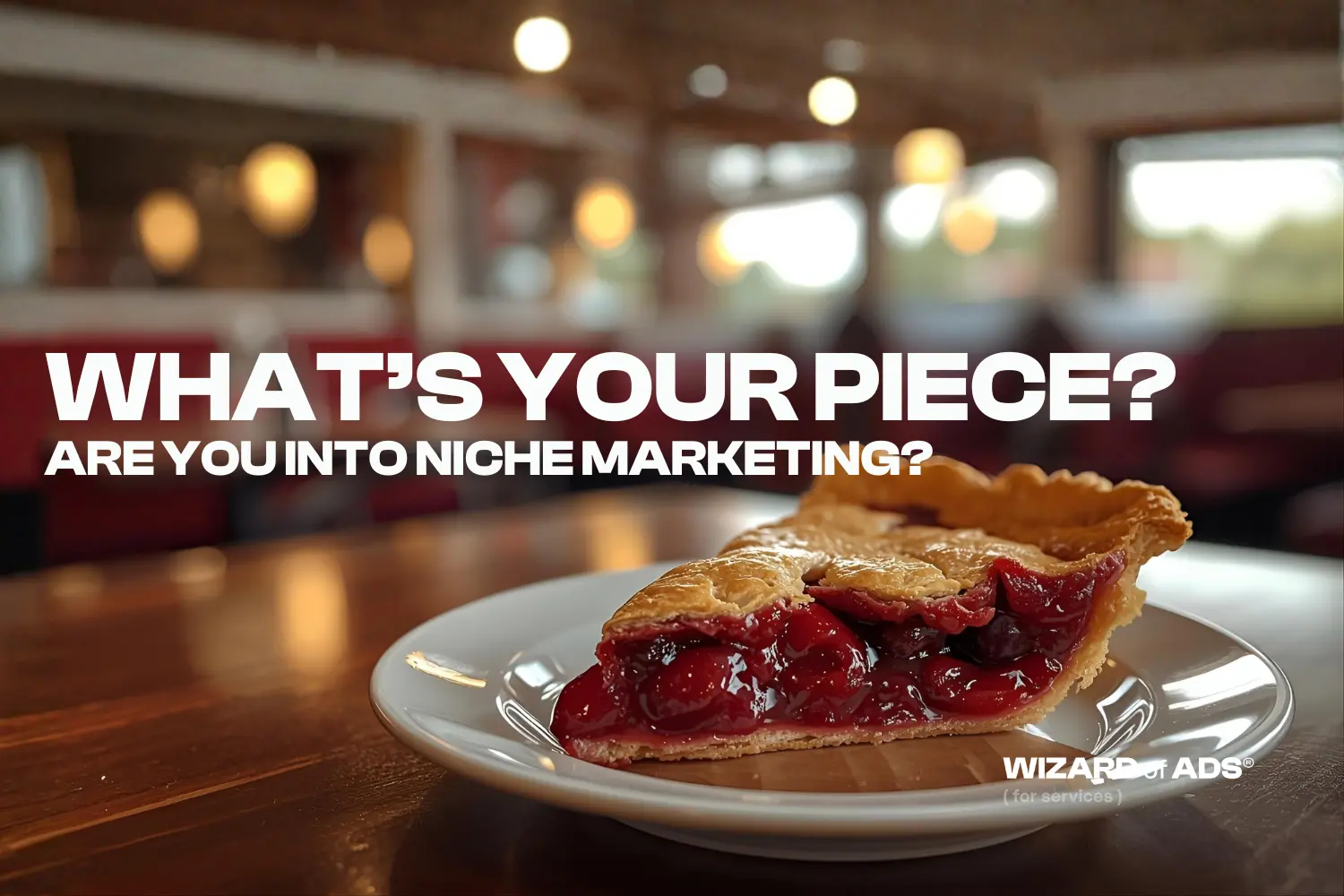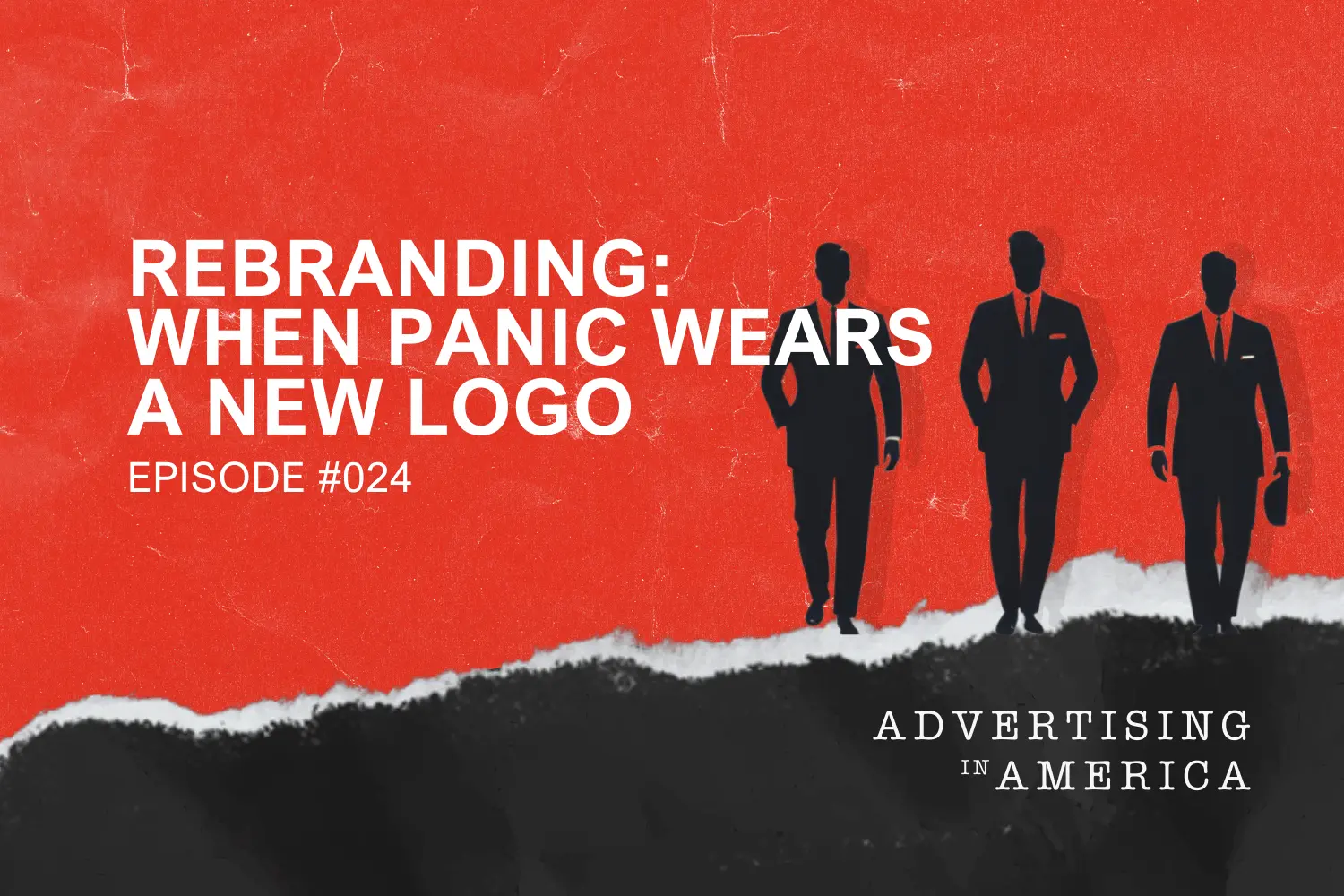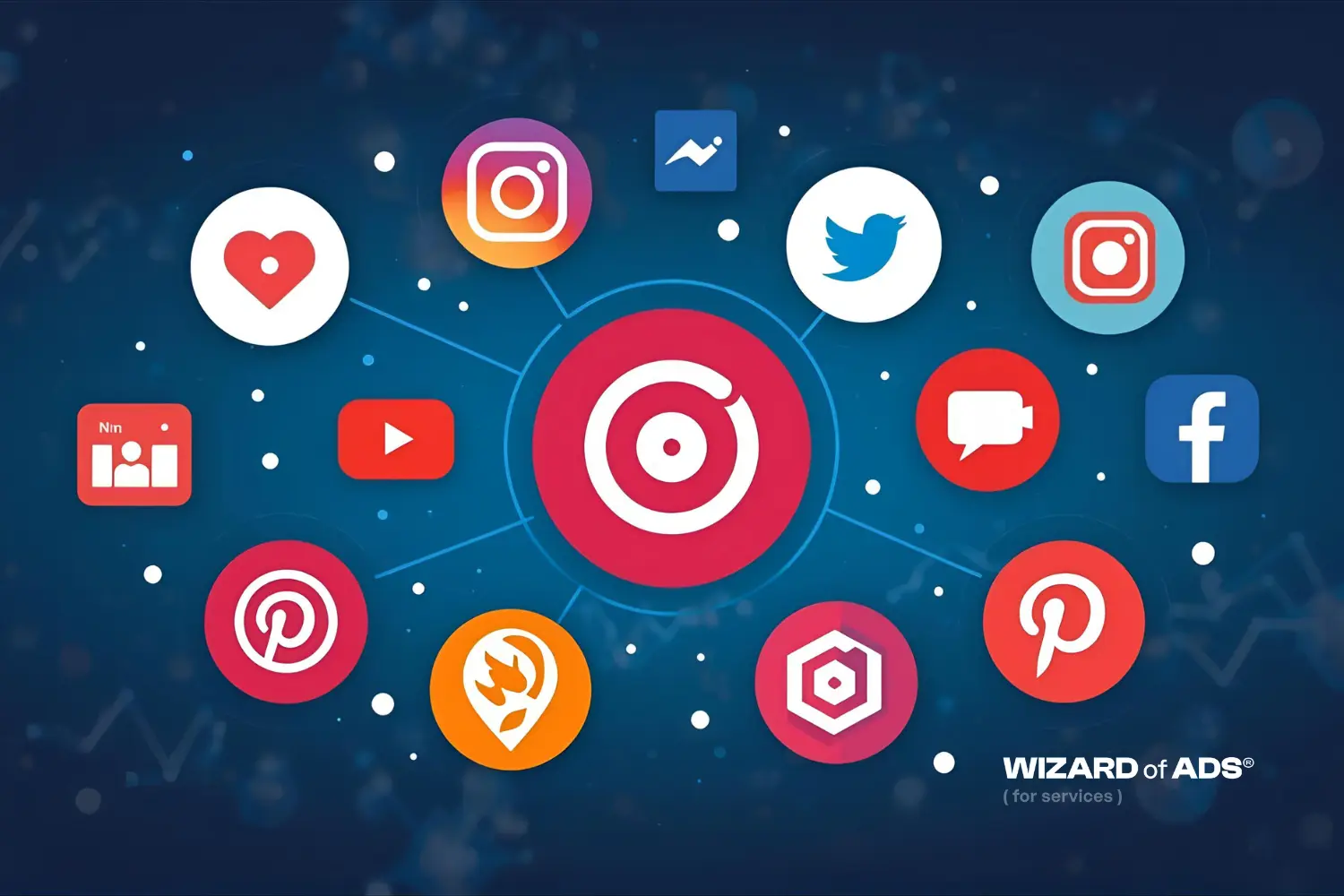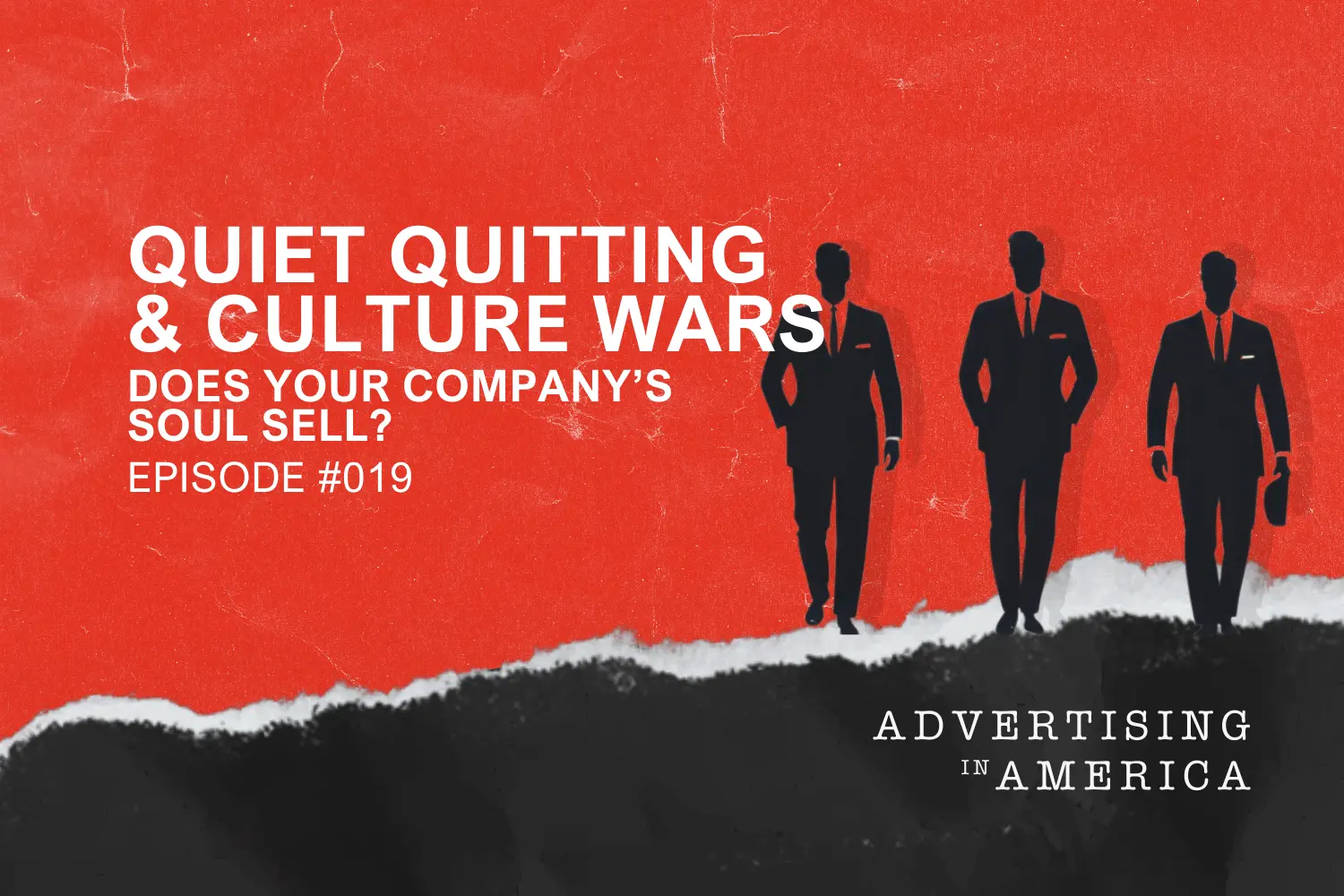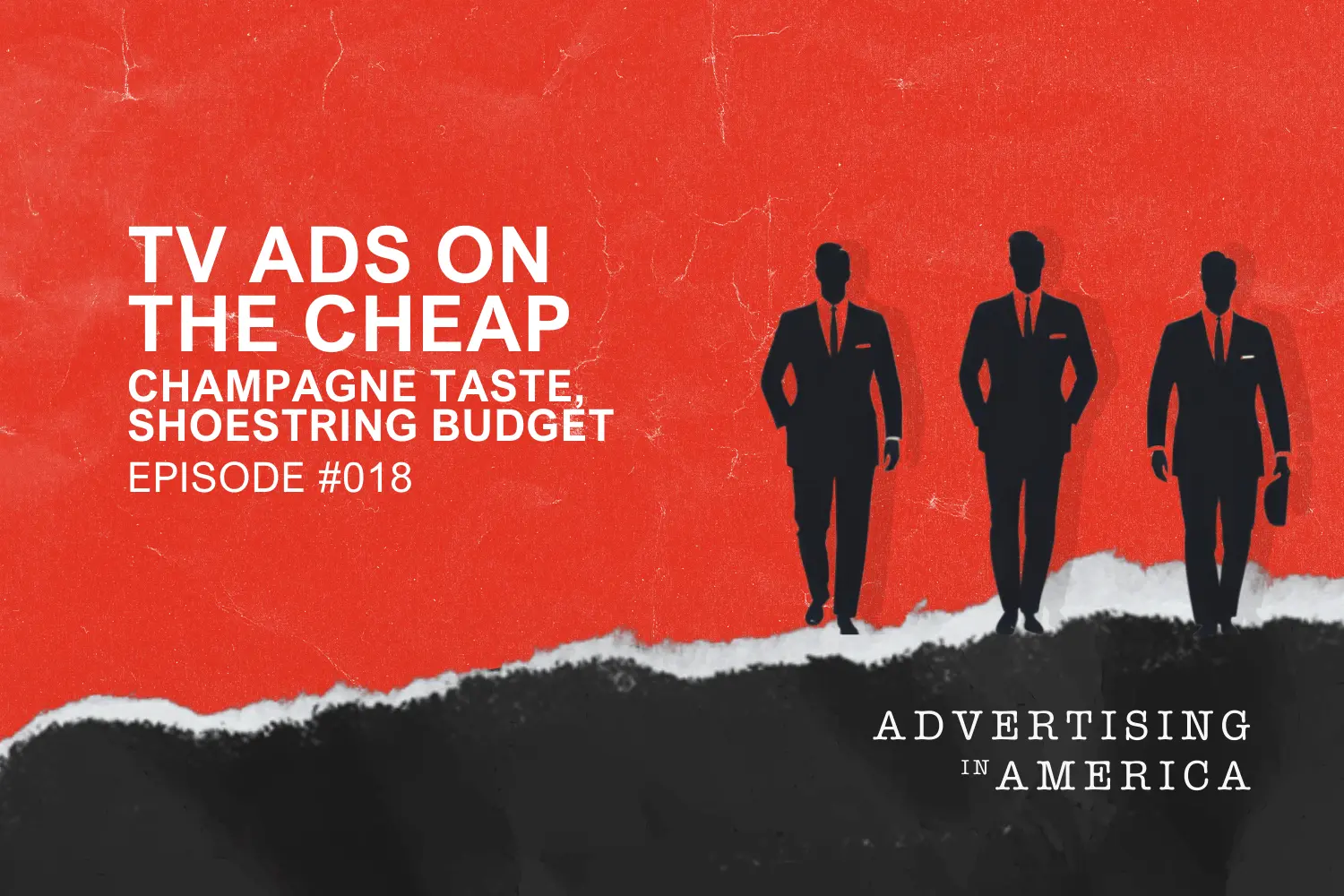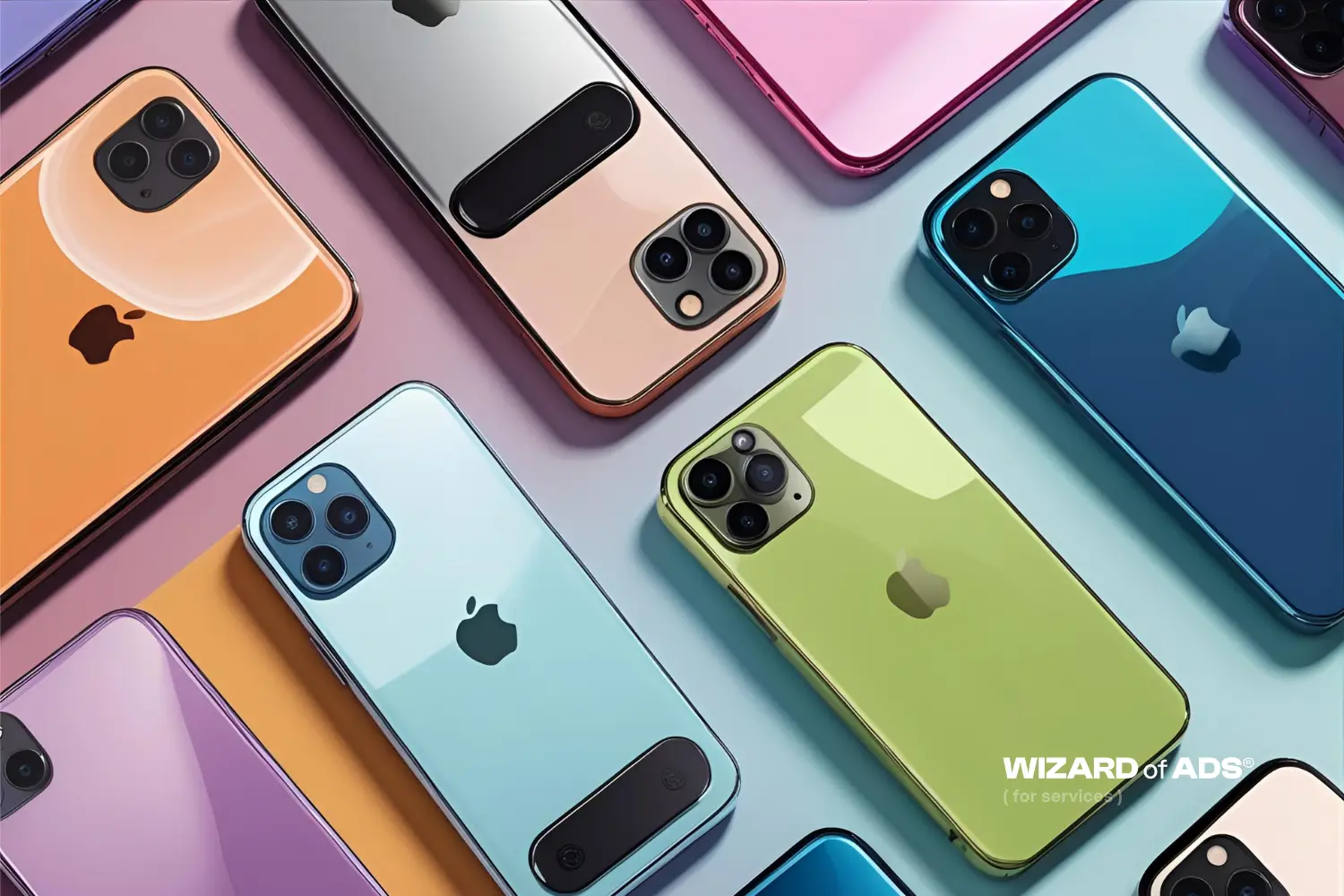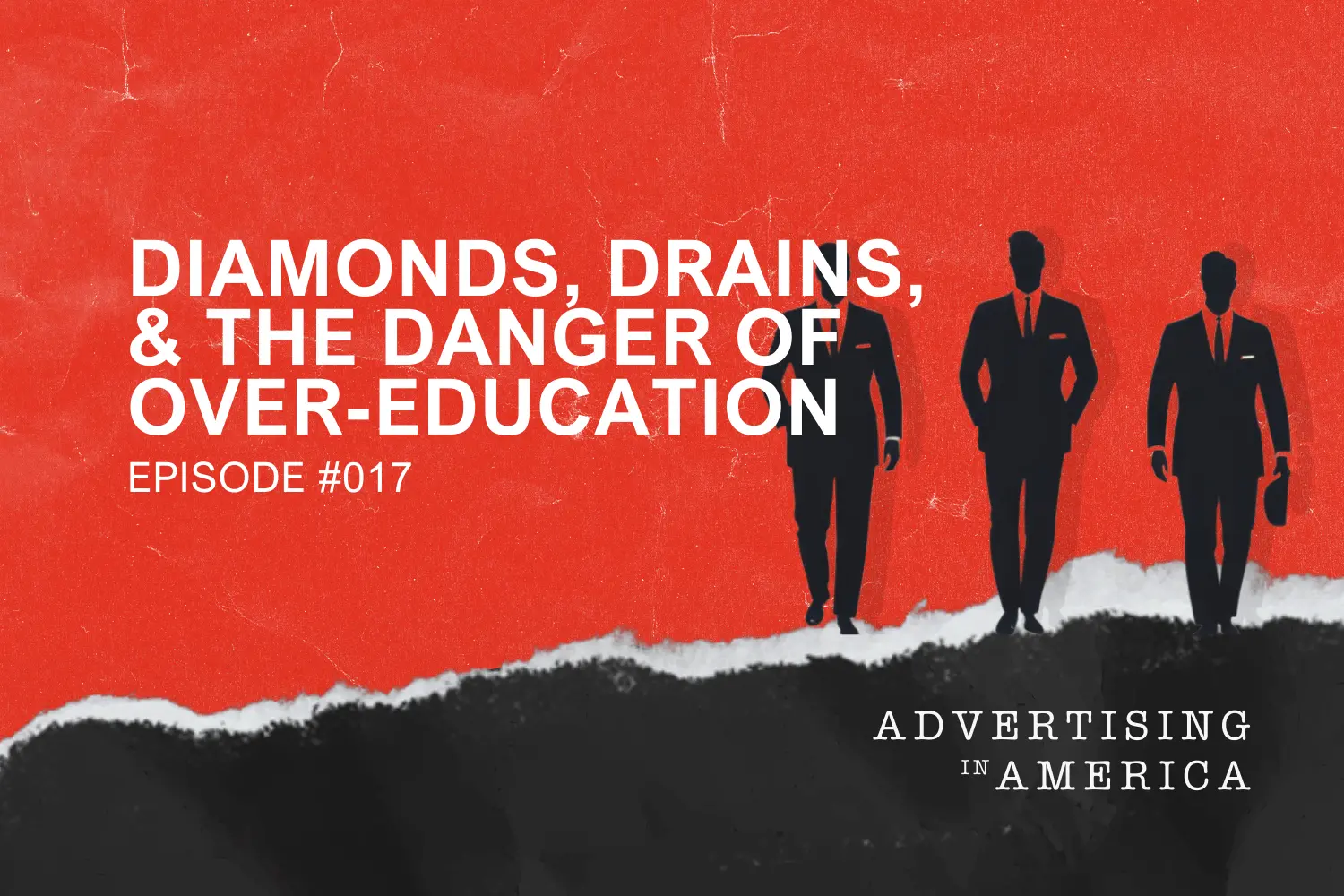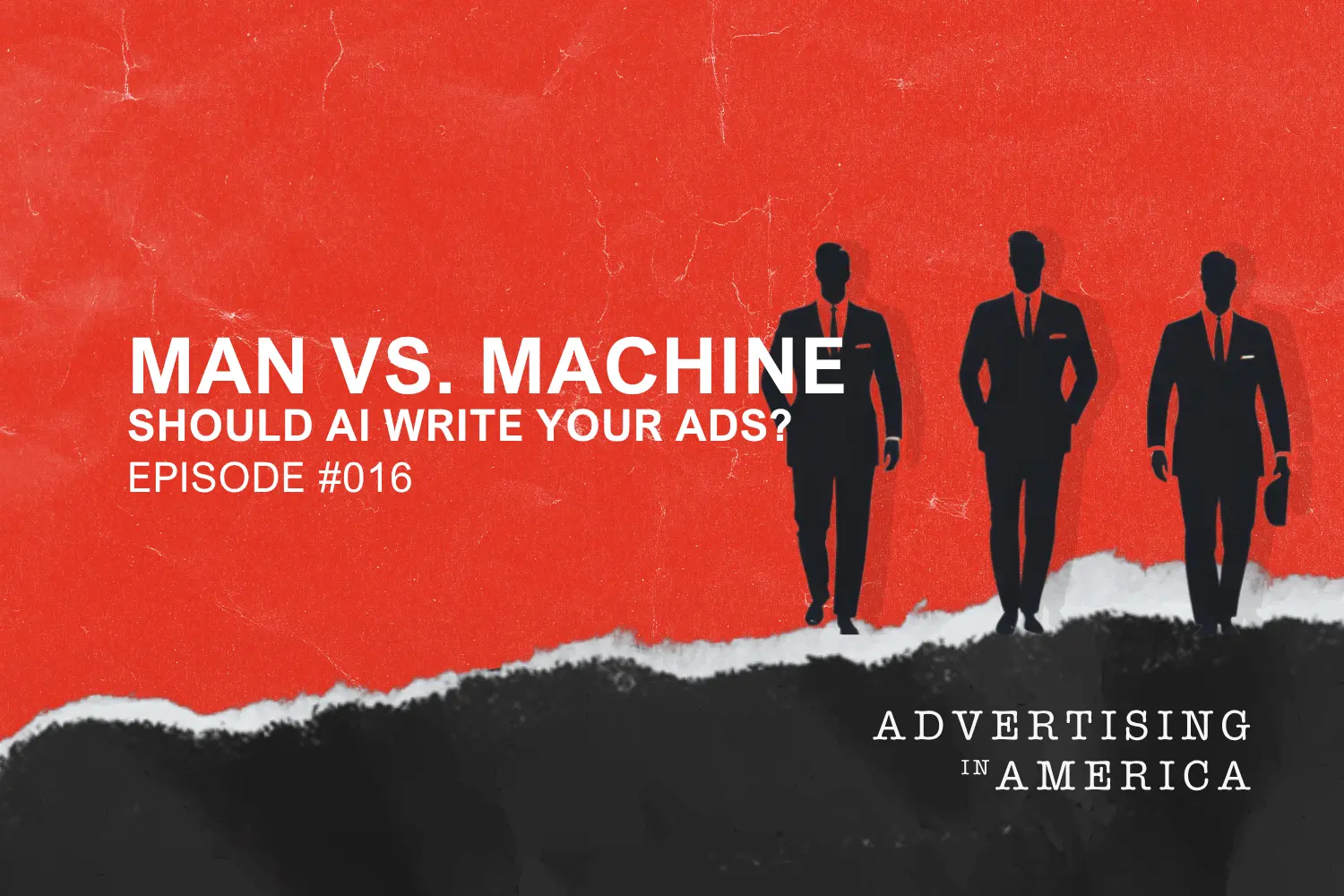
If you knew it was there, they wouldn’t call it a blind spot.
Hidden within your blind spot is your limiting factor, the thing that holds you back and limits your success.
Find your blind spot and stare your limiting factor in the face. Acknowledge the reality of it. Then decide whether or not you want to overcome it. That’s right. It’s entirely possible that your blind spot – and within it your limiting factor – is simply an extension of your fundamental worldview.
You may already know your worldview is wrong but you’d rather continue being wrong – and suffer the consequences – than change it. I can respect that. I have no problem with a person who is willing to pay the price for their self-indulgence.
What I can’t respect is:
1. a person who is wrong and can’t admit it.
2. a person who makes a choice and then whines about the price of it.
I don’t want to get all sappy and personal with you, so let’s move this discussion to the marketplace. Blind spots and limiting factors are easily observed in business.
Here are the most common limiting factors hidden within the blind spots of business owners:
- Market Opportunity
a. Opportunity is staring you in the face and you can’t see it. SOLUTION: Open your eyes.
b. You’ve overestimated the potential of your trade area. Consequently, you’re bumping your head on the low, glass ceiling of a small population. SOLUTION: (a.) Expand your product offering or (b.) open in a second trade area.
If you’re doing okay but have been looking for better ways to target the demographic and psychographic profile of “your customer” and these efforts haven’t been paying off, your limiting factor is almost certainly Market Opportunity or Product Appeal. Keep reading.
2. Product Appeal
a. Your product is flawed and you can’t see it. SOLUTION: Find someone who has the courage to tell you the truth. Then correct the problem they show you. Don’t live in denial.
b. Your product has a characteristic whose appeal you’ve underestimated. SOLUTION: Promote the newfound characteristic.
EXAMPLE: My partner Ryan Chute recently learned the difference between a hydrostatic test and a static test in plumbing. In the great state of Texas, realtors often mistakenly recommend a hydrostatic test to potential homeowners when what they really need is a static test (a hidden sewer/water leak test).
When Ryan asked what the difference was between the two tests, the answer was that a hydrostatic test runs the risk of blowing up all your pipes in the entire home and requires a very expensive piece of equipment run by a very skilled plumber, while the static test is considerably less risky and requires a rubber ball and pressure gauge.
Why does this matter?
While the client's competition is outrunning expensive and risky service calls, Ryan's client is offering a much more affordable, quick, and safe solution for his clients. Paired with a direct mail campaign to all the local realtors and a nifty YouTube video explaining the difference, Ryan's client is quickly dominating the hidden sewer/water leak test business in his trade area.
SOLUTION: Because the test is so simple to administer, Ryan's client is now offering a hidden sewer/water leak test annually for all of his club members. Talk about value!
3. Staff Competence
a. Your front-line people see opportunities and solutions you don’t see. You limit your success by not listening to your people. SOLUTION: Listen to them.
b. Your people aren’t nearly as smart as you think. You keep listening to them and they’re wrong, but dammit, they’re enthusiastic and they make sense and they’re just so sincere! SOLUTION: Make some executive decisions. Be the leader. Tell your employees what you want. If they can’t get on board with it, let them swim in the cold waters of unemployment. (If that suggestion horrifies you, then it’s almost certainly your limiting factor.)
4. Message Clarity
a. You understand the benefits of your product but have been unable to communicate them persuasively to the public. SOLUTION: Hire a Wizard of Ads® Partner like Ryan Chute with a history of success.
b. You don’t understand how the public views your product category. Consequently, your ads are irrelevant to them. EXAMPLE: You’ve been saying, “100% Satisfaction Guarantee” when your customer’s real anxiety is, “Will these people show up on time or will I have to wait around all day?” SOLUTION: Speak to what the customer actually cares about.
5. Message Delivery
a. You have a song to sing, you just haven’t been singing it. (In other words you haven’t been advertising. No, lead gen doesn't count.) SOLUTION: Sing, little bird, sing!
b. You know who would be interested in your product, you just can’t figure out how to reach them.
EXAMPLE: You sell HVAC and want to reach people who are about to buy a new unit.
SOLUTION: (a.) You can reach the people who don't yet have an HVAC provider with paid ads right now or use Search Engine Optimization to lift your website ranking to the first page of search engine results in about 2 years, or (b.) Reach the general population with a memorable message using mass media and then wait for them, or one of their circle, to need what you sell. Become the solution people think of immediately and feel the best about. Build your reputation with ads that have a high Impact Quotient. This option bypasses PPC altogether and has the direct searching your company by name.
6. Competitor Strength
a. Your category has a strong leader and it isn’t you. SOLUTION: Use the leader’s reputation like a basketball backboard. Connect yourself to them through indirect acknowledgment.
EXAMPLE: Avis came out of nowhere to become a major contender to Hertz with the claim, “We’re Number Two. We Try Harder.” Burger King separated themselves from McDonald’s with the statement, “Have it your way at Burger King.” This statement would have made no sense if the public had not been acutely aware that McDonald’s made all their burgers the same.
b. Your category has never had a leader because it’s a category that makes people yawn. SOLUTION: Say something memorable. Do something ridiculous. Push far enough beyond the norm to get criticized. Just make sure they spell your name right. Choose who to lose as a potential customer. You can’t have insiders without having outsiders.
It’s not what you include, but what you exclude that defines you.
How are you defining yourself?
Most people limit themselves because of a blind spot. The things they exclude are excluded unconsciously.
The purpose of my note to you today has been merely to suggest that you choose consciously, rather than unconsciously, what you will exclude from:
- your business,
- your reality,
- your life.
Open your eyes. Look in the mirror. Make some choices. The clock is ticking.


